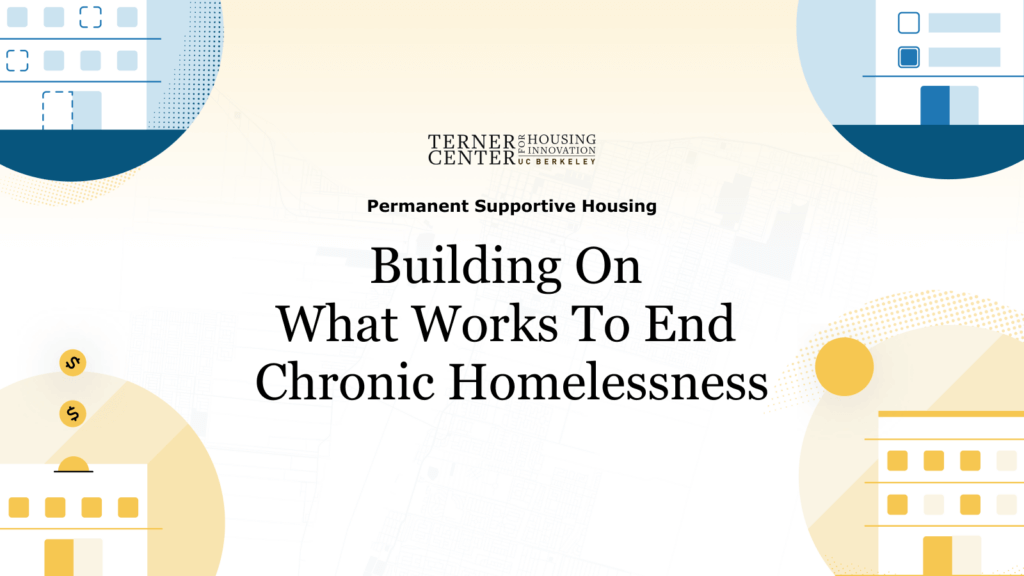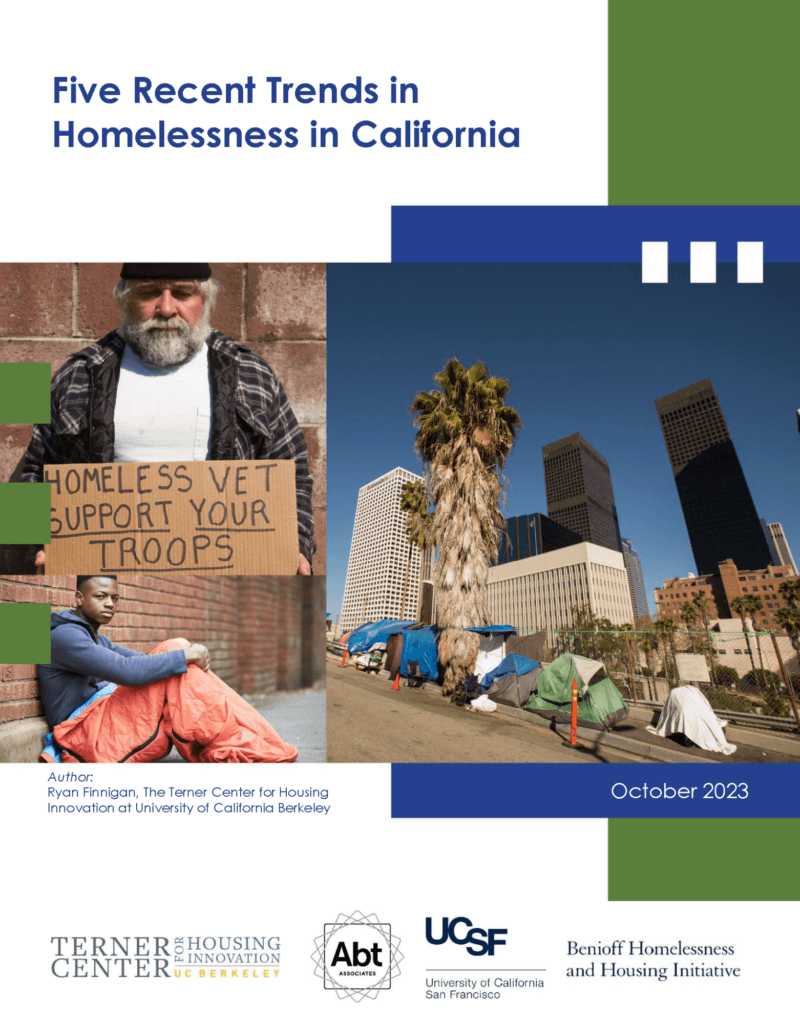Stretched to Capacity: The Challenges Facing California’s Homelessness Service Providers
Published On February 28, 2024
Author: Ryan Finnigan
In recent years, nonprofit homelessness organizations in California have substantially increased the breadth and scale of the services, shelter, and housing they provide. These organizations have also needed to navigate turbulent and uncertain conditions, including persistent growth in the number of people experiencing or at risk of homelessness and the impacts of the COVID-19 pandemic. Research has shown that nonprofits play a crucial role in local homelessness systems, and homelessness declines more in places where nonprofit organizations have more input on homelessness policies and priorities.1
To inform the resources and policies that will enhance nonprofit homelessness organizations’ ability to resolve California’s homelessness crisis, a new report presents findings from surveys and interviews with staff at nonprofits across the state, as well as interviews with other local homelessness system stakeholders and people with lived experience of homelessness. The report presents the following key findings:
- Expanding the Scale of Homelessness Services: Nonprofit homelessness organizations have been serving a growing number of people in recent years, and many organizations made long-term changes to their services during the pandemic. However, most nonprofit organizations said they cannot serve everyone seeking assistance, primarily because they lack the necessary infrastructure, funding, and staff.
- Navigating the Funding Landscape: Most nonprofit organizations said their funding is inconsistent from year to year, which undermines their ability to plan services and staffing in the long term. Many providers struggle to meet the complex application and compliance requirements for government funding. Providers’ ideal funding support would be stable and predictable over time, flexible enough to allow for innovative programs, and allow organizations to support their administration.
- Confronting Staffing Challenges: Most nonprofit organizations said they struggle to recruit and retain staff with the needed experience and skills. Low pay was the most commonly cited reason for staff turnover—largely driven by limitations in providers’ funding amounts and sources—followed by mental and emotional burnout. System-wide efforts are needed to provide living wages and support workforce development.
- Meeting People’s Complex Needs: Service providers emphasized the importance of ongoing training in trauma-informed care, and they offer significant expertise for how to serve populations with distinct needs. Providers with complementary specialties are also collaborating to close service gaps. However, providers consistently pointed to the need for more resources to address their clients’ mental health and substance use challenges.
Based on these findings, the report concludes with recommendations to enhance nonprofit organizations’ work to prevent and end homelessness in California. The report lifts up providers’ practices that are already serving people effectively, including partnerships between organizations to meet clients’ diverse needs and creating supportive workplace cultures to prevent staff burnout. It also recommends systemic changes to homelessness funding and workforce development efforts, which will be essential for supporting nonprofit providers and ending California’s homelessness crisis.
This report is part of our collaborative series on Addressing Homelessness in California, with UCSF’s Benioff Homelessness and Housing Initiative and Abt Associates. Other briefs in this series describe recent trends in homelessness in California; how homelessness programs serve different populations; and the early implementation of CalAIM (California Advancing and Innovating Medi-Cal), which allows Medi-Cal funds to pay for housing supports for people experiencing homelessness.
Click here to read the full report.
We would like to thank the California Interagency Council on Homelessness (Cal ICH), which provided funding to support the data collection for this research collaboration and series. Cal ICH did not have a role in analyzing the data or interpreting the findings for this set of reports.
Endnotes
- Jang, H.S., & Valero, J. (2022). Public-Nonprofit Collaboration and Policy in Homeless Services: Management, Measurement, and Impact. Palgrave Macmillan. https://doi.org/10.1007/978-3-031-11918-7; Kim, S., and Sullivan, A. (2023). Connecting the Composition of Collaborative Governance Structure to Community-Level Performance in Homeless Services. Public Administration Review, 83(4), 734–749. https://doi.org/10.1111/puar.13632; Mosley, J., & Park, S. (2022). Service Providers’ Influence in Collaborative Governance Networks: Effectiveness in Reducing Chronic Homelessness. Journal of Public Administration Research and Theory, 32(1), 130–149. https://doi.org/10.1093/jopart/muab013.





